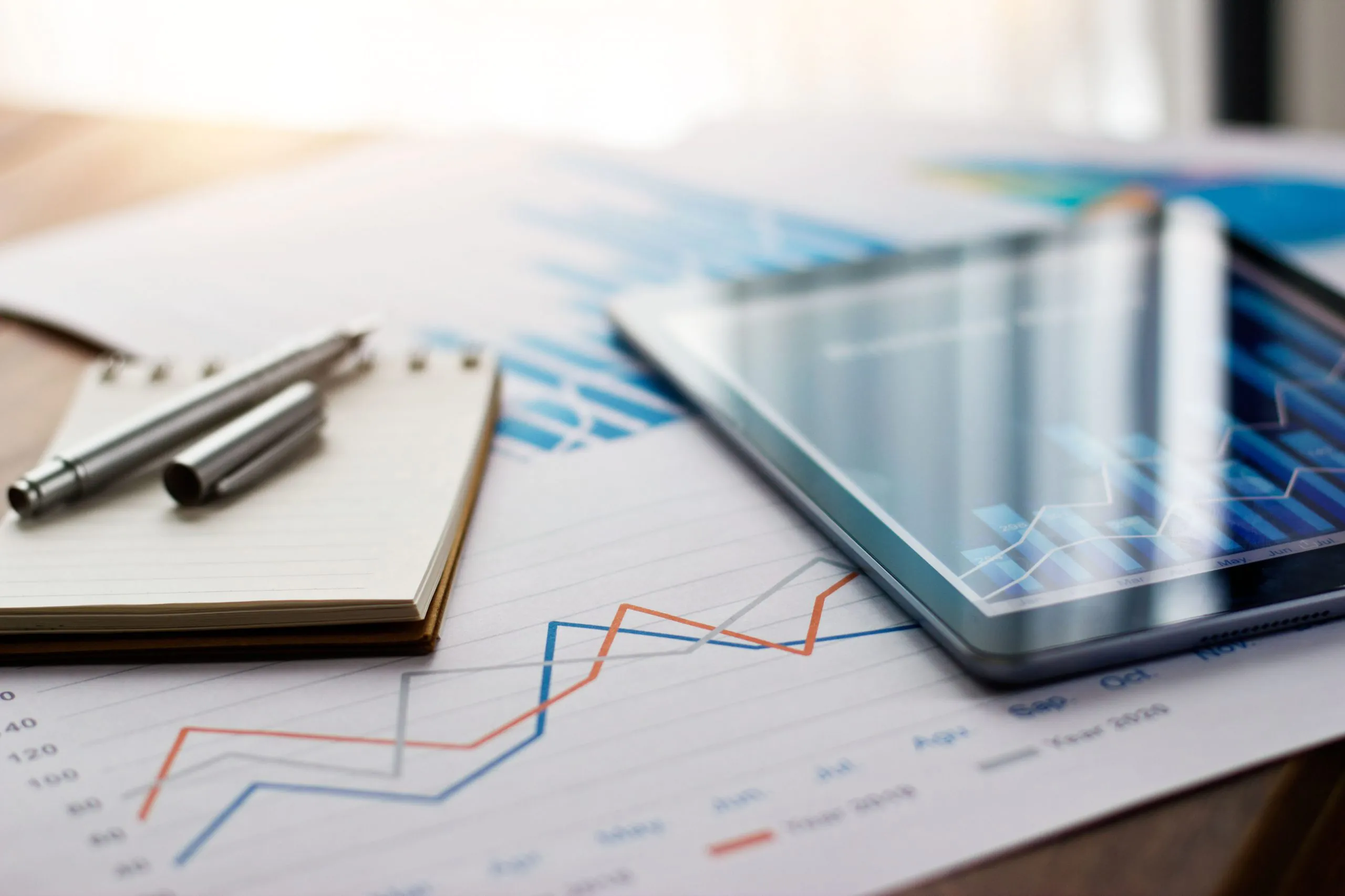Introduction
The current state of global copper demand and supply is characterized by a complex interplay of factors. On the demand side, the push for electrification and renewable energy sources, such as electric vehicles and solar power, is driving significant growth. However, supply is struggling to keep pace due to regulatory and political challenges in major copper-producing countries like Chile and Peru. Despite a near-term surplus expected from increased mining output, long-term projections indicate potential deficits as supply growth may falter by the end of the decade. This imbalance could lead to higher prices and increased volatility in the copper market.

Global Demand Trends
The global demand for copper is being driven by several key trends. One of the most significant is the transition to renewable energy and the electrification of transportation. Electric Vehicles (EVs) and renewable energy systems, such as wind and solar power, require substantial amounts of copper for their components and infrastructure. This shift is expected to nearly double copper demand by 2035. China remains a major player in the copper market, with its economic policies and industrial activities heavily influencing global demand. However, the growth rate of copper demand in China is expected to slow down due to a maturing economy and challenges in the property sector. Despite this, the overall demand from China continues to be robust, driven by its ongoing urbanization and industrialization efforts.
Additionally, the push for decarbonization and achieving net-zero emissions globally is another significant driver. Copper’s excellent conductive properties make it indispensable for various green technologies, including electric grids and energy storage systems. This trend is expected to sustain and even accelerate copper consumption over the next two decades. Overall, while there are some near-term fluctuations and regional differences, the long-term outlook for copper demand is strong, driven by technological advancements and the global shift towards a more sustainable future.
Global Supply Challenges
Declining Ore Grades
Political and Social Instability
Stricter Environmental Regulations
Geopolitical Landscape and Technological Advancements
Declining Ore Grades:
One of the primary challenges facing the global copper supply is the declining ore grades in existing mines. This means that more ore needs to be processed to extract the same amount of copper, which significantly increases operational costs and environmental impact. As ore grades decline, mining companies must invest more in extraction and processing technologies, which can be both costly and time-consuming.
Political and Social Instability:
Political and social instability in key copper-producing countries like Chile and Peru can lead to significant disruptions in mining activities. For instance, labor strikes and regulatory changes can halt production and delay new projects. These disruptions not only affect the immediate supply of copper but also create uncertainty in the market, which can lead to price volatility and affect long-term investment decisions.
Stricter Environmental Regulations:
Another major challenge is the increasingly stringent environmental regulations worldwide. These regulations aim to reduce the environmental footprint of mining operations, which is crucial for sustainable development. However, they can also slow down the approval and development of new mines. Compliance with these regulations often requires substantial investment in new technologies and processes, which can be a barrier for many mining companies.
Geopolitical Landscape and Technological Advancements:
The geopolitical landscape adds another layer of complexity to the global copper supply chain. Trade tensions and resource nationalism can disrupt the flow of copper and other critical materials. Technological advancements in mining and processing, such as coarse particle recovery and sulfide leaching, are essential to address these challenges. However, the adoption of these technologies faces hurdles, including high initial investment and the need for skilled labor. Despite efforts to bridge the supply gap through new technologies and increased recycling, the copper supply chain remains vulnerable to various disruptions, making it a critical area of focus for the future.
Technological Advancements
-
Coarse Particle Recovery
Traditional flotation processes are most effective with particles sized between 50 and 150 microns. Coarse particle recovery aims to improve the efficiency of recovering larger particles, which can significantly increase the amount of copper extracted from ore.
-
Sulfide Leaching
This process involves using chemical solutions to extract copper from sulfide ores. It is particularly useful for low-grade ores and can reduce the environmental impact compared to traditional smelting methods.
-
Process Optimization with Machine Learning
Machine learning algorithms are being used to optimize various stages of copper production, from mining to refining. These technologies can predict equipment failures, optimize resource allocation, and improve overall efficiency.
-
Recycling Technologies
Advances in recycling technologies are making it easier to recover copper from electronic waste and other scrap materials. This not only helps meet demand but also reduces the environmental footprint of copper production.
-
Bioleaching
This innovative method uses bacteria to leach copper from ore. It is an environmentally friendly alternative to traditional methods and is particularly effective for low-grade ores.
-
Hydrometallurgical Processes
These processes involve using aqueous chemistry to extract metals from ores. They are often more energy-efficient and environmentally friendly compared to pyrometallurgical methods.
Future of Copper Over the Next Decade
The future of copper over the next decade is shaped by a mix of robust demand growth and potential supply constraints. On the demand side, the push towards electrification and renewable energy is expected to be a major driver. EVs, renewable energy systems, and the broader electrification of infrastructure will significantly increase copper consumption. The demand for copper in energy transition applications could increase dramatically, outpacing the growth in traditional uses such as construction and transportation.
However, the supply side faces several challenges. While there may be a near-term surplus due to increased mining output, long-term projections indicate potential deficits. This is because new mining projects are often delayed by regulatory hurdles and political instability in key producing countries like Chile and Peru. Additionally, declining ore grades mean that more ore needs to be processed to extract the same amount of copper, increasing costs and environmental impact.
By the end of the decade, the market could experience significant deficits unless new mining projects are expedited and technological advancements in mining and recycling are widely adopted. This imbalance between supply and demand is likely to lead to higher prices and increased market volatility. Overall, while the outlook for copper demand is strong, driven by technological advancements and the global shift towards sustainability, the supply side will need to overcome significant challenges to meet this growing demand.
Conclusion
The global copper market is at a pivotal juncture, driven by the dual forces of burgeoning demand and significant supply challenges. The shift towards renewable energy and the electrification of transportation are projected to almost double the demand for copper by 2035, underscoring copper’s critical role in a sustainable future. However, the supply side is grappling with declining ore grades, political and social instability in key producing regions, and stringent environmental regulations. Technological advancements in mining and recycling offer promising solutions, but their widespread adoption faces hurdles. As we look towards the next decade, the copper market is likely to experience increased volatility and higher prices unless these supply challenges are effectively addressed. The balance between demand and supply will be crucial in shaping the future of the copper industry, making it a critical area of focus for policymakers, industry leaders, and investors alike.



